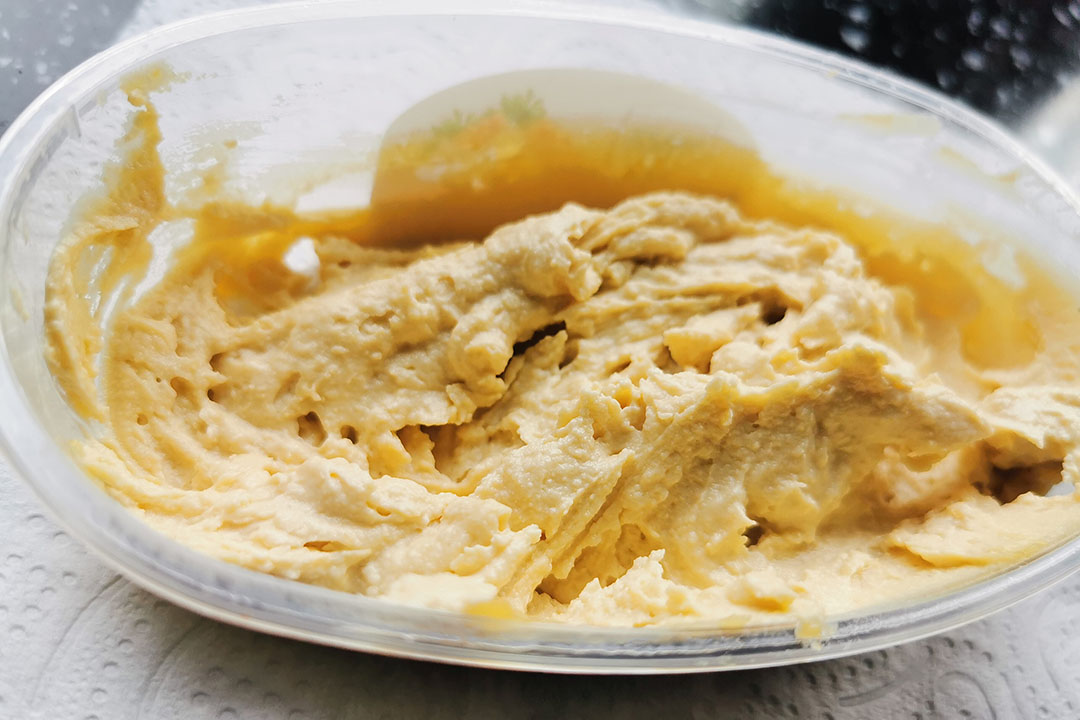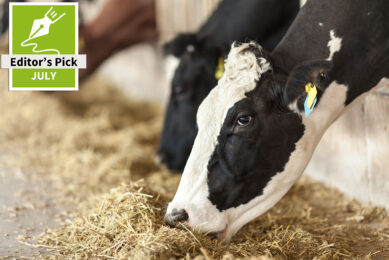Chickpeas for cattle nutrition: hummus not just for humans

From hummus to stews, chickpeas are the star of many recipes. Recently, a study by Dr Peiqiang Yu et al showed the legume’s potential as cattle feed.
In a recent press release, Dr Peiqiang Yu, a professor at the University of Saskatchewan, Canada (USask), explained that as chickpea production increases around the world, those crops which are not suitable for human consumption are being recycled into cattle feed to partially replace cereal grains and soybean meal. “However, until now there was limited information about the nutritional values for this newly developed chickpea as ruminant feed,” he said.
In their recent study, Yu and his colleagues showed that the Canadian Light Source (CLS) at USask can effectively image the molecular structure of chickpea seeds to determine which varieties have the highest nutritional value and would best serve as a feed for beef and dairy cattle. The team studied CDC Cory, a new chickpea cultivated by USask’s Crop Development Centre, with seed samples provided by breeder Dr Bunyamin Tar’an.
By using the Mid-IR beamline, researchers could map the chemical distribution of lipids, protein, and carbohydrates in the chickpea, revealing the chemical information of the chickpea’s internal microstructure in pixel-sized increments. Dr Yu: “This information can be used for selecting superior varieties of chickpea and for predicting nutritive values.”
 Ruminant feeding in the face of disease and parasites
Ruminant feeding in the face of disease and parasites
This article offers some insights into the most common disease problems in cattle and the feeding strategies that can be adopted to reduce the impact of sickness on animal production and the profitability of farm operations.
According to Dr Yu, the CLS beamline, which is capable of exploring the microstructure of plant tissues in a chemical sense and providing information on the structure, composition, and distribution of chemical compounds/functional groups, comes with the particular advantage of being non-destructive.
Unlike the commonly used wet chemistry, this technique preserves the intrinsic microstructure of samples and can detect ultra-structural chemical information within the cellular dimension.”
The value of this research lies in that it shows how synchrotron techniques can offer insights into which crops will perform best before they are produced on a mass scale. This will help to ensure that the hummus the cows eat will not just be a tasty treat, but also a nutritious one.
Quantifying the inherent molecular structure is vital to understanding the variation in nutrient digestibility and utilisation when chickpea is used in animal feed.” Dr Yu said.
The team is planning to investigate how different chickpea processing techniques like dry heating, moist heating and microwave irradiation affect the internal nutrient components in the future. Dr Yu: “This information could be a tremendous benefit to chickpea breeders, growers and processing operations, and to the animal feed and export industries in Canada.”











